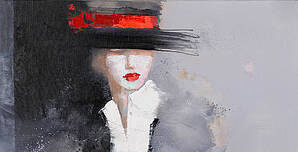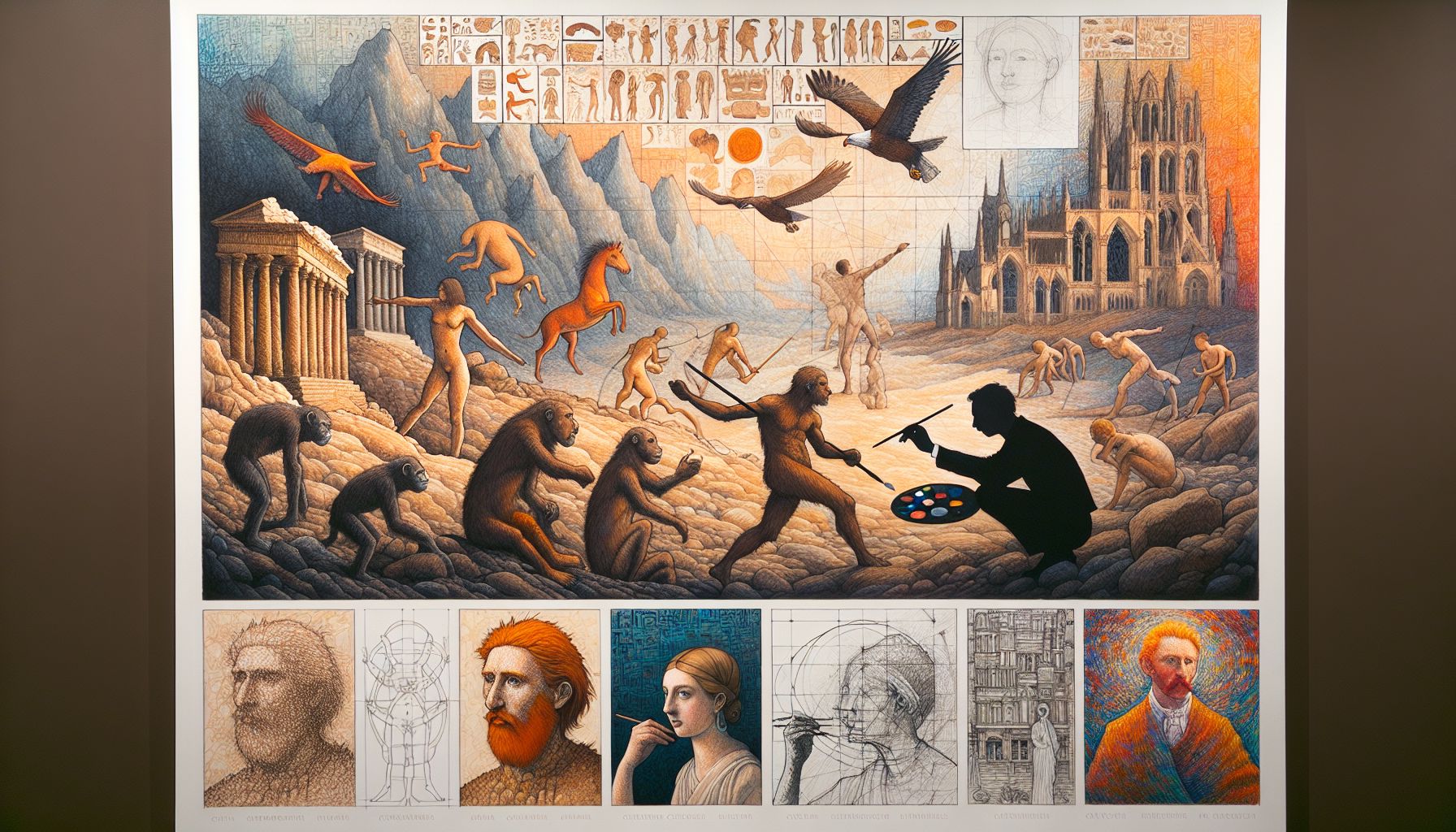Art has always been a reflection of society, serving as a mirror to express our thoughts, emotions, and beliefs. Throughout history, art has evolved alongside cultural, political, and technological developments, constantly pushing boundaries and redefining what is considered artistic. In today’s fast-paced world, the art scene continues to transform, with new trends emerging and traditional forms being reinterpreted in innovative ways.
Art Beyond Boundaries
One of the most significant changes in the art world is the breaking down of boundaries. Traditional classifications of art forms, such as painting, sculpture, and photography, have given way to a more fluid and interdisciplinary approach. Artists are now experimenting with hybrid forms that combine multiple mediums and techniques, blurring the lines between different artistic disciplines. This shift towards interdisciplinary art not only challenges conventional norms but also opens up new possibilities for creative expression.
Technology and Art
Technology has played a pivotal role in shaping the contemporary art landscape. Digital art, virtual reality, and interactive installations are becoming increasingly popular, providing artists with new tools to explore and communicate their ideas. The integration of technology in art has also expanded the audience’s engagement, allowing for immersive and interactive experiences that transcend traditional art-viewing practices. As technology continues to advance, we can expect to see even more groundbreaking innovations in the intersection of art and technology.
Social and Political Commentary
In our increasingly interconnected world, artists are leveraging their platform to address pressing social and political issues. Art has become a powerful medium for raising awareness, sparking conversations, and advocating for change. From depictions of social injustices to explorations of identity and belonging, contemporary artists are using their work to voice their concerns and challenge dominant narratives. This shift towards art as a form of activism underscores the transformative potential of artistic expression in today’s society.
Sustainability and Ethical Practices
As environmental concerns grow, so does the focus on sustainability and ethical practices in the art world. Artists are increasingly mindful of the materials they use and the impact of their work on the environment. From eco-friendly art supplies to art installations that highlight ecological issues, sustainability has become a central theme in contemporary art. By embracing sustainable practices, artists are not only reducing their carbon footprint but also advocating for a more environmentally conscious approach to art-making.
In conclusion, the world of art is a dynamic and ever-evolving landscape that continuously adapts to changing times. By embracing interdisciplinary approaches, integrating technology, addressing social and political issues, and prioritizing sustainability, artists are reshaping the art scene for the future. As we navigate through these shifting paradigms, it is essential to celebrate the diversity and creativity that define contemporary art, offering us new perspectives and insights into the world around us.

